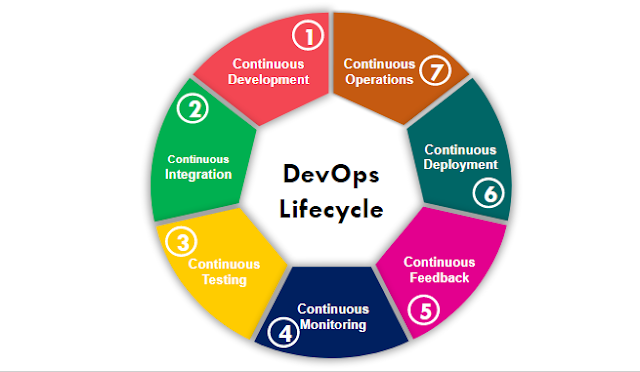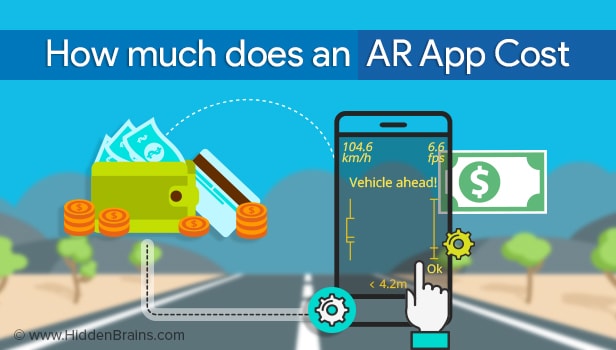This blog post will provide a step-by-step guide to the five stages of DevOps: Plan, Code, Build, Test, and Deploy. With the help of this guide, you'll be able to streamline your development process and improve the quality of your software. So let's get started!
Planning
The planning stage of DevOps is the foundation for successful DevOps adoption and implementation. The goal of this stage is to establish an effective plan for implementing the DevOps process. In order to accomplish this, a thorough understanding of the organization’s current IT environment and technology landscape is necessary.
At this stage, it is important to define the goals and objectives of DevOps, as well as identify areas of improvement within the organization's current development process. It is also important to assess the existing infrastructure, applications, and processes in order to determine where automation and integration are needed.
Development
Once the planning stage of the DevOps process is complete, the development phase begins. This is the stage where code is created, bugs are identified and fixed, and features are added or modified. During this phase, developers may use a variety of tools such as source control management systems, integrated development environments (IDEs), testing frameworks, and automated build tools.
To ensure a successful development phase, teams should make sure that their code is well-structured, properly documented, and thoroughly tested before release. It’s also important to have clear communication between developers and stakeholders to ensure that everyone is on the same page about the desired outcomes of the project. Additionally, teams should strive to keep their code clean, readable, and organized by using coding standards and automation tools. By following best practices during the development phase, teams can ensure their code is reliable and bug-free when it’s time for deployment.
Testing
Testing is a critical stage in the DevOps process, as it provides insight into the quality of the product before releasing it to the public. Testing should be comprehensive and continuous to ensure that the product meets the user’s needs.
The testing stage can involve both manual and automated tests. Automated tests are often used for validating code, while manual tests can be used to confirm user experience and product usability. It is important to note that both types of tests are necessary for a successful DevOps cycle.
Automated tests can be conducted with specialized tools such as Selenium, which allows for faster and more efficient testing. Manual testing should also be conducted, since it gives developers the opportunity to test their product in real-world scenarios and gauge customer feedback.
Deployment
Deployment is the stage in the DevOps cycle where your application or software is made available to end-users. It is a critical step that requires careful preparation and planning in order to ensure smooth deployment and a successful product launch. During deployment, all the code, assets, and configurations are moved from the development environment to a production environment.
There are several ways to deploy an application depending on your specific needs. Common methods include rolling deployments, blue/green deployments, canary deployments, and immutable deployments. Each method has its own advantages and disadvantages and should be considered before starting a deployment.
Rolling deployments are one of the simplest ways to deploy an application. In this process, the code is incrementally deployed across multiple servers. If a problem is encountered with one server, it can easily be rolled back without affecting other servers. This deployment method works well when dealing with applications that require frequent changes and updates.
Maintenance
The fifth and final stage of the DevOps process is maintenance. This involves regular upkeep of applications to ensure that they are running smoothly and efficiently. Maintenance activities can include checking for potential security vulnerabilities, bug fixes, and performance enhancements.
It is important for organizations to have a plan in place for monitoring applications in order to ensure that any problems can be quickly identified and addressed. Automated tests and other tools should be used to monitor the application performance and alert the team when issues arise. This allows developers to make timely fixes that will improve the overall user experience.
Conclusion
DevOps is an effective way to efficiently manage a software project. By following the five stages outlined in this article, organizations can reduce their time-to-market and create better products with higher quality. For organizations looking to move faster, it’s important to invest in the right tools, people, and processes to make the most of DevOps. It may even be necessary to hire dedicated developers who specialize in DevOps implementation in order to achieve the best results. With the right dedication, DevOps can help organizations quickly adapt to changing markets and trends, allowing them to stay ahead of the competition.
Read Also:
The Top 5 DevOps Challenges You'll Face in 2023
DevOps Technology: Everything You Need To Know
DevOps Solutions for Enterprises




0 comments:
Post a Comment